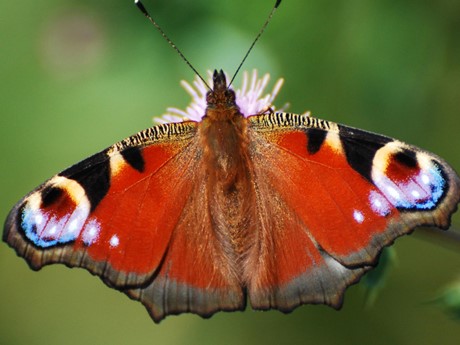UK plants flowering a month earlier due to climate change
Büntgen et. al. Proceedings of the Royal Society B, 02/02/2022
The researchers analysed over 400,000 Nature's Calendar observations of 406 plant species and collated the first flowering dates with instrumental temperature measurements. Records of trees, shrubs, herbs and climbers, in locations from the Channel Islands to Shetland, and from Northern Ireland to Suffolk were used.
They found that the average first flowering date from 1987 to 2019 is a full month earlier than the average first flowering date from 1753 to 1986. The same period coincides with accelerating global warming caused by human activity.
Differences in first flowering times were also found between the north and south of the UK, between urban and rural areas and with altitude.
The results are reported in Proceedings of the Royal Society B.
“Anyone in the UK can submit a record to Nature’s Calendar, by logging their observations of plants and wildlife,” said Professor Ulf Büntgen from Cambridge’s Department of Geography, the study’s lead author, “It’s an incredibly rich and varied data source, and alongside temperature records, we can use it to quantify how climate change is affecting the functioning of various ecosystem components across the UK.”
“Continued monitoring is necessary to ensure that we better understand the consequences of a changing climate,” said co-author Professor Tim Sparks from Cambridge’s Department of Zoology. “Contributing records to Nature’s Calendar is an activity that everyone can engage in.”
